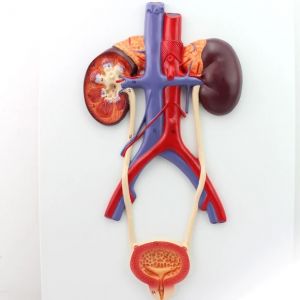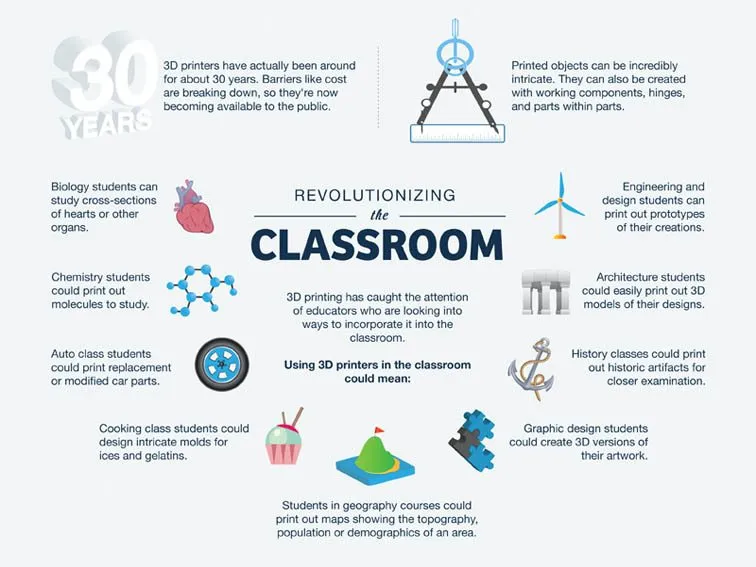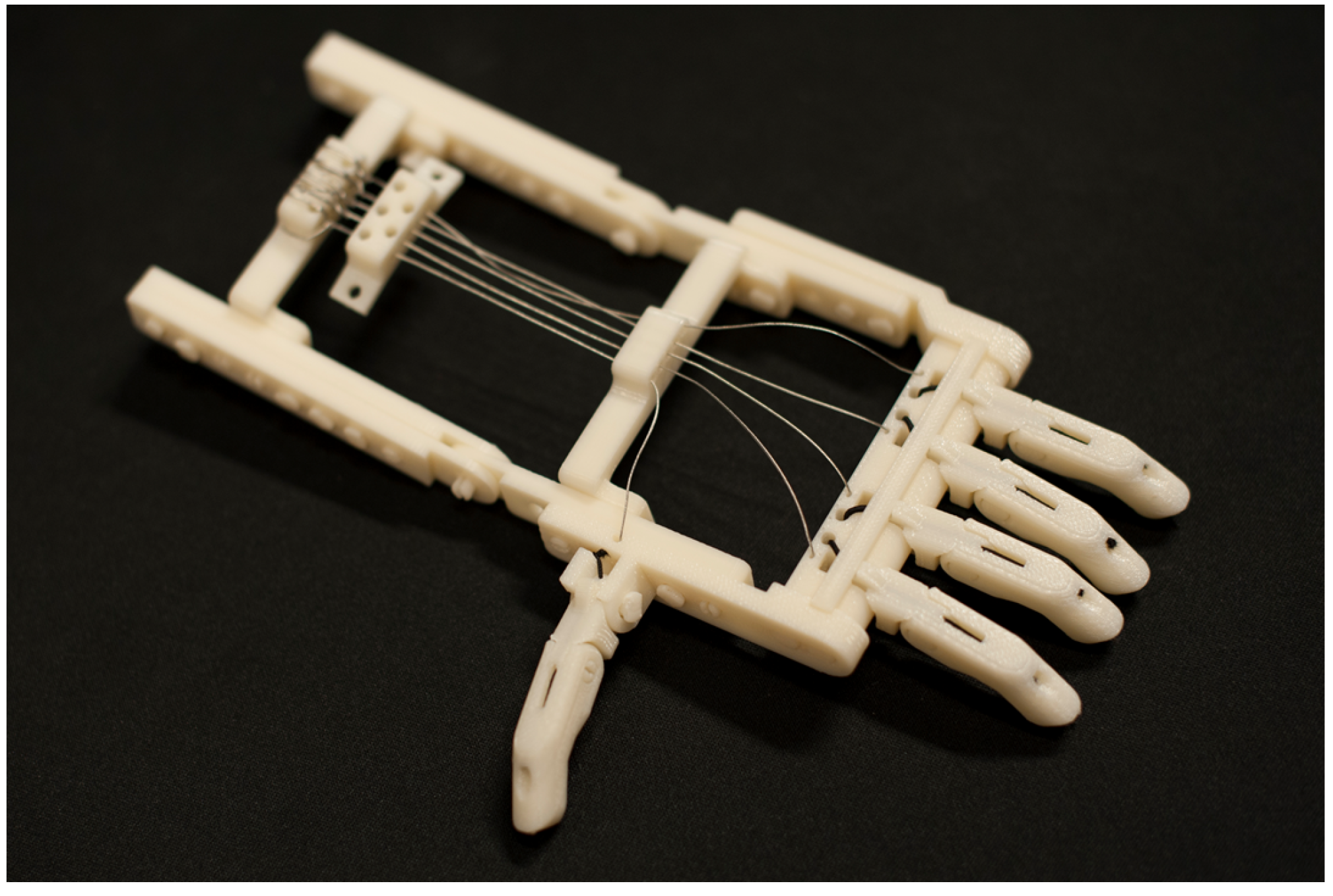Key Benefits
1. Creates Excitement
3D printing offers students the ability to experience their projects from the model stage to the actual creation of the model. This creates both excitement and a better understanding of the design process as they gain hands-on experience from conception to creation. The individual features are seen more clearly as the student builds the project layer-by-layer. Excitement also stems from the ability to explore details in reality, not just on a screen or in a textbook. 3D printing also brings the world of theory to the physical world where students can see and touch, opening up new possibilities for learning and activities.
2. Complements the Curriculum
No matter which curriculum is being used, 3D printing can help students and teachers work better. 3D printing elevates students from being passive consumers of information on a screen with no thought given to productivity. Unlike conventional classrooms where students are easily bored, they become active and engaged participants through the conception, design, and execution of their projects and interacting with the 3D printer and the teacher.
3. Gives Access to Knowledge Previously Unavailable
Because most 3D printers are pre-assembled and plug and play, it is a fun cutting-edge technology for students to learn. They also learn that it is perfectly acceptable to fail on the first try and then try again to improve. As students begin to understand that failure is part of the process, they become less afraid to attempt and execute new and different ideas in life. This builds students’ confidence and teachers enjoy the results of having self-motivated, self-confident students.
4. Opens New Possibilities for Learning
An affordable 3D printer opens up unlimited learning opportunities for students. 3D printing provides students with opportunities to experiment with ideas, expanding and growing their creativity. It is not easy to have young students figure things out without the benefit of visualization. A visual learning environment improves their understanding of the world, being able to touch and see their projects. 3D printers open up new opportunities for presenting information to young students economically and efficiently.
5. Promotes problem-solving skills
The 3D printer provides a variety of learning experiences for students. They need to learn how different 3D printers work and how to operate them, and how to troubleshoot and solve problems. This is an art in which many students do not get to engage during their normal studies. By learning how to troubleshoot and solve 3D printer problems, students learn to practice persistence and endurance in overcoming difficulties. This can translate to helping students solve their problems in life as well.
Feeding students creativity skills can help develop a passion for original thinking and creativity that can later be applied in business. 3D printing promotes student’s achievements and also prepares them for a college education. They develop the confidence that allows them to pursue challenging courses such as those in STEAM fields.
Applications
Educational Models
3D printed models can help anyone learn, from preschool students to doctors. Students can observe features on 3D objects that are more difficult to visualize on paper or other 2D formats and examine replicas of artifacts and artwork of which originals are otherwise inaccessible or fragile. This will turn the classroom into a dynamic learning environment that compels students to think outside the box to solve real-world problems. See infographic below to understand more:



Engagement & Activities
Anything that makes it easier for students to better understand everything is a good idea. Additive manufacturing can be used in a way that helps people to understand different learning aspects through different activities and engagement conducted using 3D printed objects.
